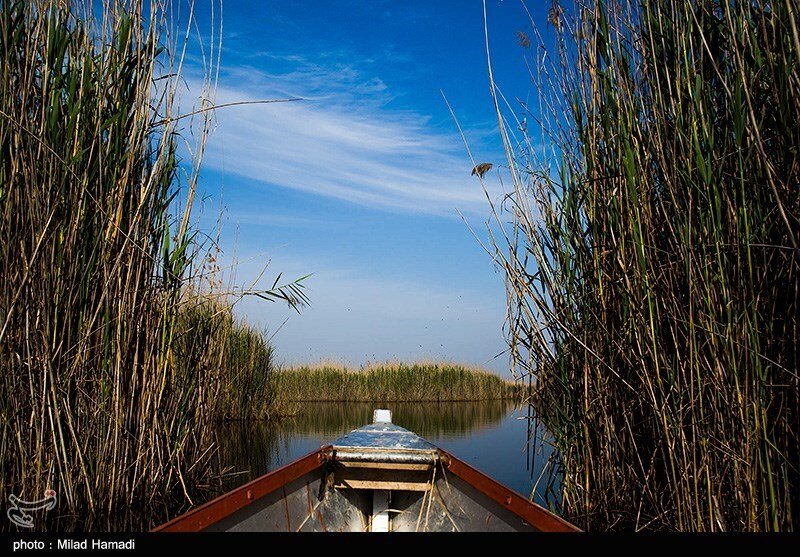Hour-al-Azim Wetland seeking Ramsar site designation

TEHRAN – Hour-al-Azim Wetland is on the way to be registered in the Ramsar Convention on Wetlands of International Importance by the end of the current Iranian calendar year (March 19, 2021).
Located in the southwestern province of Khuzestan bordering Iraq, the wetland had been dried up and turned to a major sand and dust storm hotspot due to oil sector projects and not being granted its water right.
The Ramsar Convention for the conservation and sustainable use of wetlands recognizes the fundamental ecological functions of wetlands and their economic, cultural, scientific, and recreational value.
The Convention on Wetlands is the oldest of the modern global intergovernmental environmental agreements. The treaty was negotiated through the 1960s by countries and non - governmental organizations concerned about the increasing loss and degradation of wetland habitat for migratory waterbirds. It was adopted in the Iranian city of Ramsar in 1971 and came into force in 1975.
“The valuable Hour-al-Azim wetland has not yet been registered in the Ramsar Convention. Last year, we applied for registration, and initial correspondence was done, and the ecological section of the Wetland, including basins one, two and three, will be listed as a Ramsar site by the end of this year,” said Ahmadreza Lahizanzadeh, head of marine environment affairs at the Department of Environment (DOE).
To rehabilitate the long-lost Hour-al-Azim, four billion cubic meters of water was needed, fortunately, floods came to help and revived the wetland, he highlighted.
The problem now is to provide water to compensate for evaporation, and the Ministry of Energy must consider the wetland’s water right, he noted.
“There is no permanent budget for the valuable wetlands of Khuzestan, and we must consider an annual credit for the protection and restoration of wetlands.”
FB/MG
